Chess is nothing less than the Dungeons & Dragons. If you think about it, the pieces and their powers create a fantasy world in itself. I am sure many chess fans have their own The Hellfire Club version. However, I agree that the 32 characters on the chessboard can be confusing to beginners.
The queen and the other pieces have different moves and rules, and the pawn with its special capture rules can be a little over the top. But, whoa, let's take a breather.
Chess is definitely not the upside-down of The Stranger Things. With a little help, you can master chess in no time. So, why not take one step at a time?
Before mastering all the rules of pawn movement, let's address the question that every beginner thinks about–can a pawn take a king in chess? The short, one-word answer is NO. Keep reading to find out why.
- Pawn v/s King
- 1. Is it Possible?
- 2. Can a Pawn Take a King in Chess?
- 3. Can a Pawn Checkmate the King in Chess?
- 4. Can a Pawn Checkmate the King in the Opening?
- 5. When can a Pawn Checkmate the King?
- 6. How can a Pawn Checkmate the King in Chess?
- 7. How to Checkmate the King
- 8. How to Checkmate the King using a Good Pawn Structure?
- 9. How to Checkmate the King using a Pawn Promotion?
- Conclusion
- FAQs
Pawn v/s King
1. Is it Possible?
The king is the boss on the chessboard, while pawns seem tiny and weak. But can a pawn capture the king? No! In chess, the king is never “captured” it’s checkmated. Pawns can threaten the king and help deliver checkmate, but taking the king isn’t allowed.

2. Can a Pawn Take a King in Chess?
A Pawn CANNOT take a King in Chess.
Let’s clear up a common misconception: no, a pawn cannot capture the opponent’s king. In fact, no chess piece can ever capture the king. The idea of “taking” or “capturing” the king is simply illegal in chess.
Instead, the game ends with checkmate. This happens when the king is under check (threatened with capture) and has no legal square to move to, nor can any piece block or eliminate the threat. At that moment, the game is over—and the king is never physically captured.
A king Can ONLY be Checkmated and Not Captured.
Only beginners and amateurs who aren't aware of FIDE chess rules capture the king. It happens mostly because players don't see when an enemy piece or pawn is taking their king under check.
So, in such situations, players often end up capturing the opponent's king illegally. In a professional match (even in club tournaments), it's not allowed to take the king.
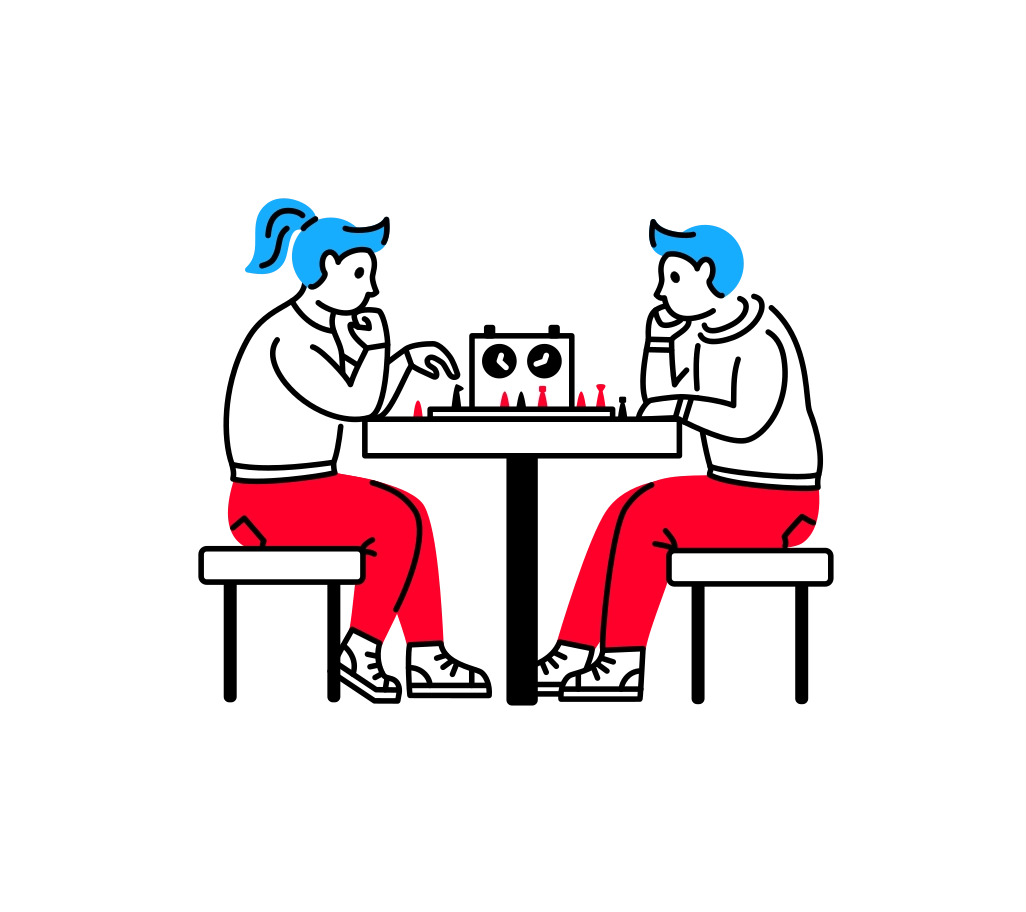

3. Can a Pawn Checkmate the King in Chess?
A Pawn can Checkmate the King in Chess. Yes, a pawn can checkmate the king, but it only happens rarely. The odds of a pawn checkmating the enemy king is like 1:1000. In simpler words, there's probably only one game in a thousand chess games where a pawn is checkmating the king.
4. Can a Pawn Checkmate the King in the Opening?
According to FIDE rules, yes, a pawn can checkmate the king even during the opening of a chess game. I am trying to say that there's no special rule preventing the pawn from checkmating the opposite king.
But practically, it's impossible for a pawn to checkmate the opponent's king during the opening. Sounds confusing? Take a look at the below picture. It's a regular response by black to 1. e4.
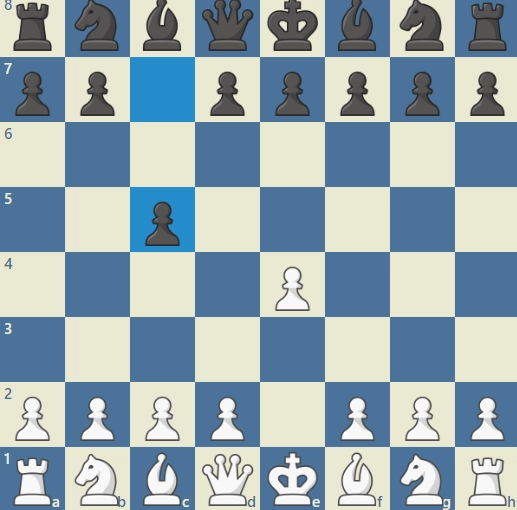
Here, black is opening with a book move; the opening strategy is the Sicilian defense. As you can see in the above picture, a pawn can travel maximum up to the 4th line during the opening.
If the enemy player isn't working on its pawn structure, it can even reach the 5th file. But the enemy king is mostly on the 8th file during the opening if the enemy player is smart enough to NOT play the Bongcloud attack (the one in the below picture).
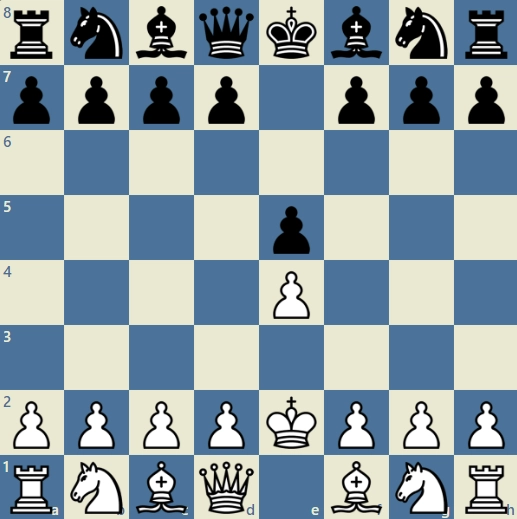
A pawn has to be on the 7th file to check the enemy king if it's on the 8th file. The journey to the 7th file is quite long for a pawn, given that it moves only one square at a time.
Even if it tries, it will be captured by the enemy pawns guarding their king. Therefore, it's practically impossible for a pawn to checkmate the enemy king during the opening.
5. When can a Pawn Checkmate the King?
When can a pawn checkmate the king? Well, dear readers, that should be the question instead of asking if a pawn can take the king.
A Pawn can Checkmate the King during the Endgame.
A pawn can checkmate the king during the endgame of a chess game like any other chess piece. There are exceptions, but mostly a king is under check during the endgame in chess. Why can a pawn checkmate the king only during the endgame? As you know, a pawn moves forward, only one square at a time, capturing both left and right diagonally.
Considering the fact that a pawn captures only diagonally, it mostly gets captured when advancing forwards. In other words, a pawn is most likely to be captured by other enemy pieces or the king before the checkmate.
Therefore, a pawn can checkmate the king only when no other enemy pieces are on the board. Learn how Chaturanga became the Game of Chess. Read the History of Chess to find out.
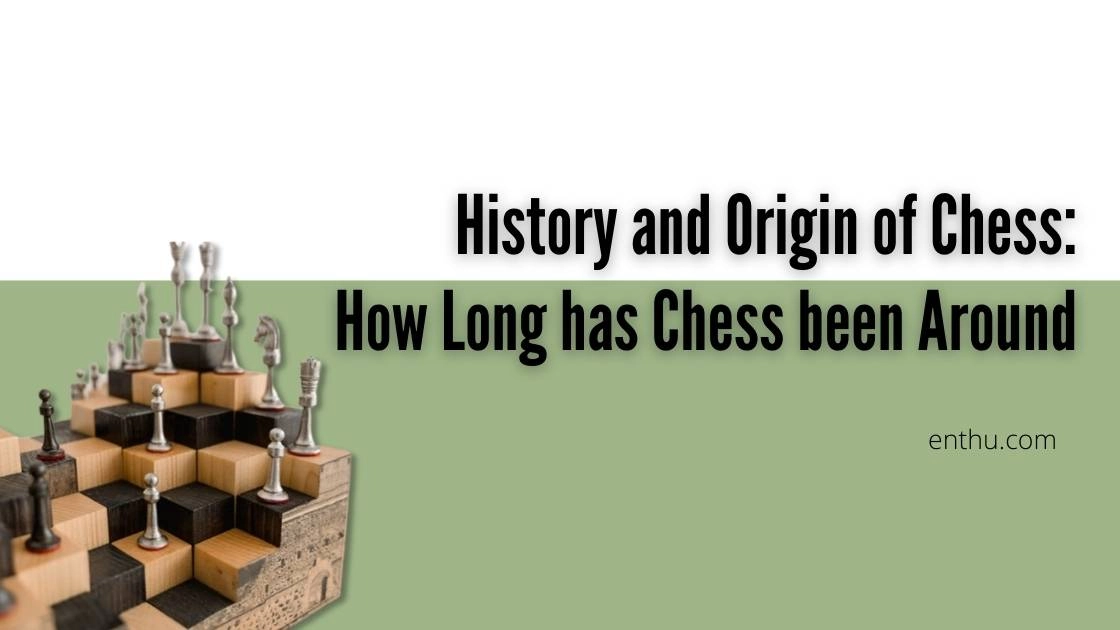
6. How can a Pawn Checkmate the King in Chess?
To understand how a pawn can checkmate the king, one must understand pawn endings.
What is a Pawn-Endgame?
A pawn endgame/ending is an endgame in which the checkmate depends on how you play the pawns.
A pawn ending in a chess game can be:
The king and pawn
The knight and pawn
The bishop and pawn
The rook and pawn endings
To checkmate the enemy king with a pawn, you must play the king and pawn ending. In a king-and-pawn ending or a king-and-pawn-versus-king is the best way to checkmate the opponent's king. Why?
Because in a king-and-pawn endgame, you get the chance to capture all the enemy pieces beforehand and corner the king alone with no pieces to support it. That way, it's easier to checkmate the king with a pawn.
7. How to Checkmate the King
In a King-and-Pawn ending? There are several ways to checkmate the king with a pawn in a king-and-pawn-versus-king endgame. But first, we need to discuss the most important pawn move–PAWN PROMOTION.
If you can recall, you will realize that while the pawn captures only diagonal ways, the king can capture any pawn / piece in any direction. This is quite a disadvantage for the pawn and also its weakest point.
It means the pawn is most likely to fail in checkmating the king because the king can easily come one square forward and capture the pawn horizontally (as shown in the picture).
This leaves the pawn with two options: attacking with a good pawn structure or turning into a queen and then attacking.
8. How to Checkmate the King using a Good Pawn Structure?
Try to keep two or three pawns connected and let them help each to move towards the 8th file to attack the king.
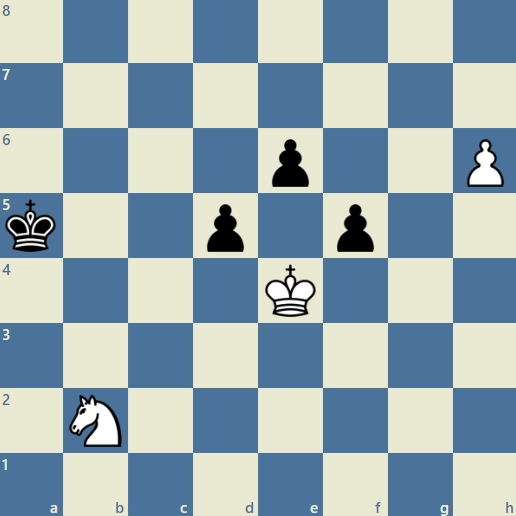
The white king in the above picture is directly threatened by the pawns at f5 and d5. If the king captures either of them, the king will be directly under check by the pawn at e6.
Therefore, this situation is a checkmate situation. Keep in mind that such situations only occur in rare games. Also, in most situations like this, the game ends in a draw by stalemate rather than a checkmate.
9. How to Checkmate the King using a Pawn Promotion?
Pawn promotion is one of the hidden weapons in chess. Pawn promotion is a chess rule in which a pawn can be promoted to any chess piece on reaching the 8th file.
Now, there are several strategies to reach the 8th file. One can use connected pawns to do so or advance the rook move. There are also endgame strategies like Opposition in which a pawn can be used to win the game. To know more about pawn promotion and other chess endgame strategies, please go there


Conclusion
In the game of chess, no pawn or piece can capture the king. A game ends when the king is under the threat of getting captured and is called to "check" the king.
I hope I have explained everything you need to know about a pawn taking the king. If you still have a question, please let me know in the comments section.
FAQs
1. Can a pawn swap a king?
No, a pawn can't swap place with the king. Only a rook can swap places with the king. This tactic is called castling or castle.
2. What is en passant move?
En Passant is a special pawn capture in which a pawn can capture another pawn horizontally. But the en passant move is possible if the attacked pawn has moved two squares (for the first time).
3. Who can capture a king in chess?
No piece or pawn can capture the king in chess.
4. What is checkmate in chess?
Checkmate occurs when a king is in a position to be captured (in check) and cannot escape from that position. The game ends immediately when a player is checkmated, and it is illegal for the opponent to make a move that places their own king in a position to be captured.
5. Can a pawn block a king?
Yes, a pawn can block the movement of a king by standing in the squares that the king can move to. However, this does not involve capturing the king since, as previously stated, a king cannot be captured or placed in check.
6. Is it possible to checkmate a king with a pawn?
While a pawn alone cannot checkmate a king, it can do so as part of a larger strategy. Once a pawn promotes upon reaching the opposite side of the board, it can become a more powerful piece, capable of assisting in checkmating the opponent's king.
7. What are the limitations of a pawn in chess?
Pawns have several limitations:
They can only move forward, never backward.
They can only capture diagonally.
They cannot participate in taking the king or placing it in check.
Using this understanding of pawns and kings can help enhance your chess strategy. Remember to focus on the objective of protecting your king while advancing your pawns strategically!


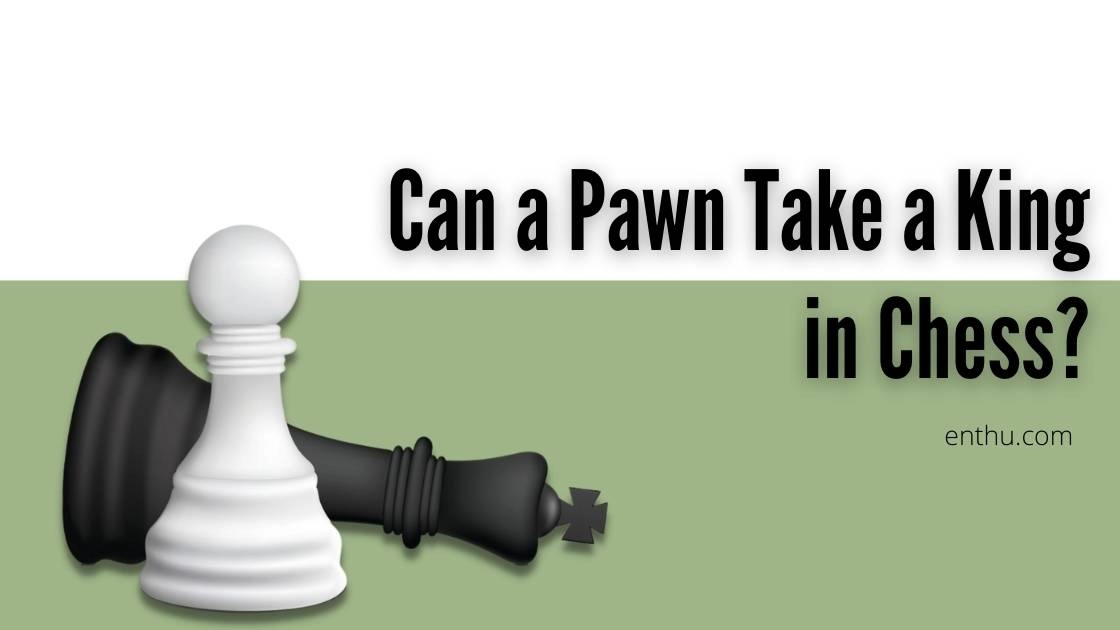
.png)


Comments